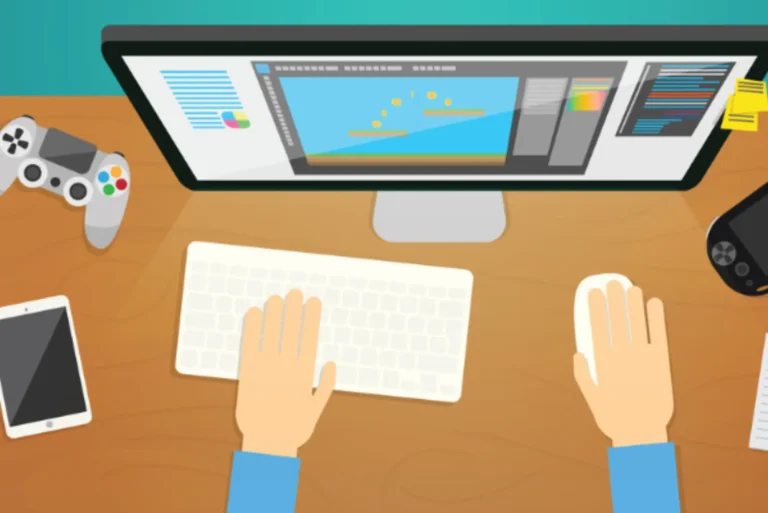Remote control cars have long been a fascination for enthusiasts of all ages. The thrill of building your own car and controlling it from a distance is an experience like no other. In today’s world of technology and innovation, making a remote control car at home has become more accessible than ever.
This DIY guide will take you through the step-by-step process of creating your own remote control car, right in the comfort of your own home. Whether you’re a beginner or a seasoned hobbyist, this project is sure to ignite your passion for engineering and electronics.
Understanding the Basics
Before diving into the construction process, it’s essential to understand the fundamental components of a remote control car. From chassis to motors, wheels to batteries, each part plays a crucial role in the functionality of the vehicle. Additionally, familiarizing yourself with basic electronics and mechanics will provide a solid foundation for the project ahead.
Gathering Materials and Tools
To embark on this DIY adventure, you’ll need to gather a variety of materials and tools. These include essential components such as a chassis, motors, wheels, batteries, and a remote control system.
Additionally, sourcing materials from reputable suppliers, including Dublin auto spare parts, ensures quality and compatibility with your project. Be sure to have the necessary tools on hand for assembly, including screwdrivers, pliers, and wire cutters.

Building the Chassis
The chassis serves as the framework of your remote control car, providing structural support for the various components. Constructing the chassis involves assembling the frame, mounting the motors and wheels, and wiring the electrical components together.
Pay careful attention to detail during this step, as the integrity of the chassis is crucial for the car’s performance and durability.
Installing the Remote Control System
Once the chassis is complete, it’s time to install the remote control system. This includes connecting the receiver and transmitter, ensuring proper communication between the remote and the car.
Testing the remote control functionality allows you to verify that the system is working correctly before moving on to the next steps.
Fine-Tuning and Testing
With the basic structure and electronics in place, it’s time to fine-tune your remote control car for optimal performance. Adjusting motor speeds, dublin auto spare parts steering sensitivity, and weight distribution are essential steps in achieving smooth and precise control.
Conducting initial test runs in a controlled environment allows you to identify any issues and make necessary adjustments before taking your car for a spin.
Customization and Upgrades
One of the joys of building your own remote control car is the opportunity for customization and upgrades.
Whether it’s adding a personalized paint job, installing additional features, or experimenting with extreme car driving simulator mod APK for virtual testing and inspiration, the possibilities are endless. Get creative and make your remote control car truly unique to reflect your personality and preferences.
Troubleshooting and Maintenance
Like any mechanical device, remote control cars may encounter issues from time to time. Knowing how to troubleshoot common problems and perform regular maintenance is essential for keeping your car in top condition.
From diagnosing electrical issues to replacing worn-out parts, taking proactive steps to address problems ensures uninterrupted enjoyment of your creation.




